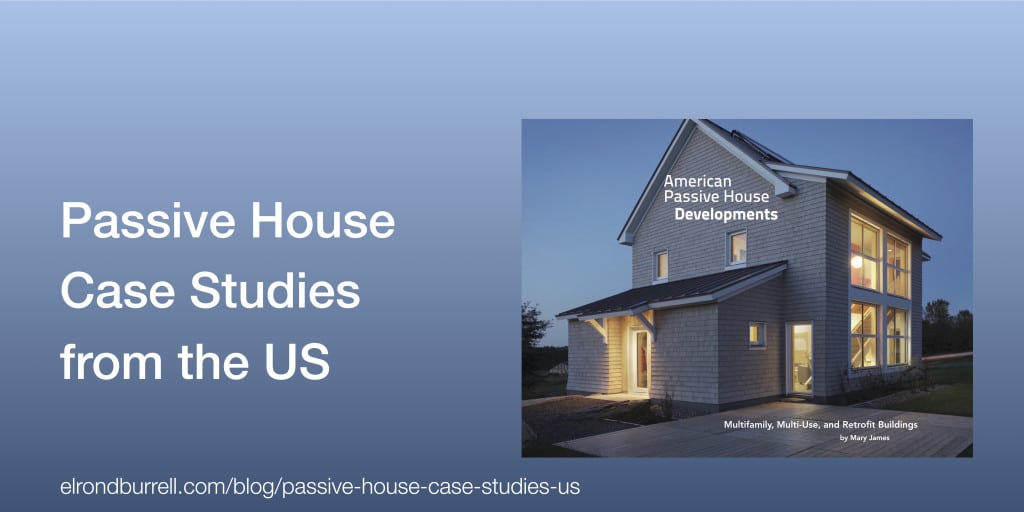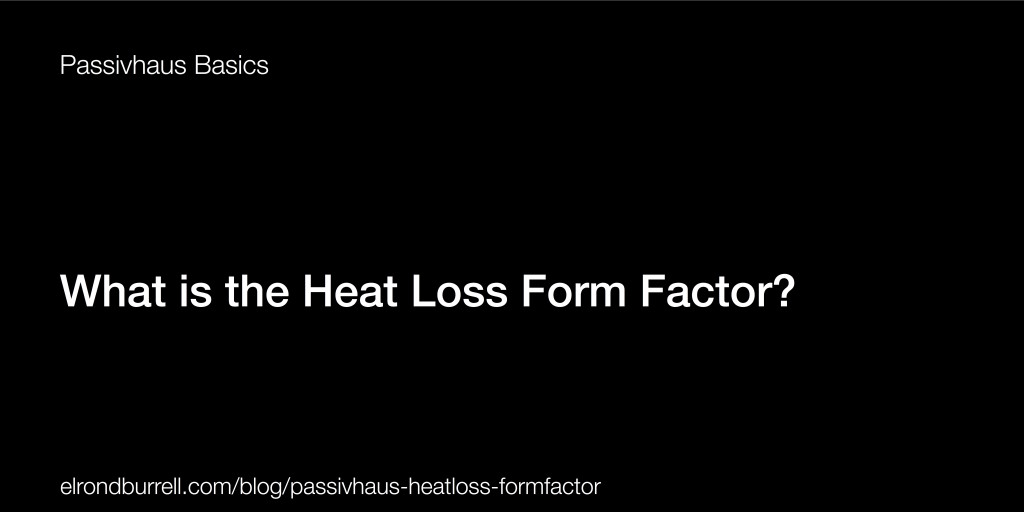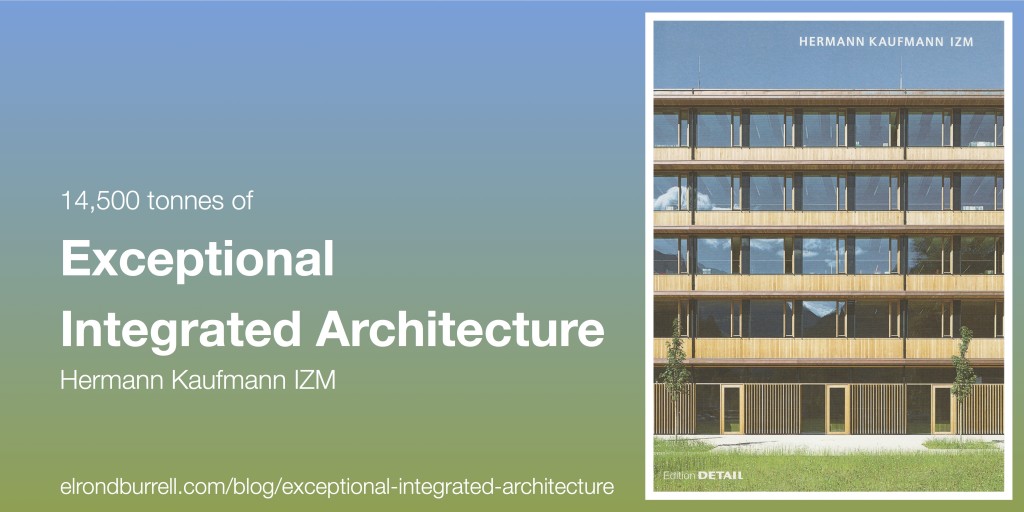This blog post is a review of “American Passive House Developments” published in 2012. It is the third book of Passive House case studies from the US that author Mary James has published.
The previous two books explained the Passive House approach, detailing nine pioneering U.S. case studies (2008) and showcased ten Passive House projects from a wide range of climates across the U.S. (2010).
This third book, “American Passive House Developments”, explores how the passive house movement in the U.S. has scaled up and expanded beyond the single-family residential sector. It contains seven case studies, covering large multifamily, mixed-use, and commercial buildings.
These are important case studies. These projects are the forbearers to the explosion of Passive House current happening in the U.S., including the Passive House residential high-rise for Cornell University. As Mary James points out in the Introduction:
[The clients] have been willing to be innovative, are concerned about the future, and know that they will own their buildings for multiple decades—and be paying the electric bills. The fact that these projects were built at a small cost premium, if any, over conventional construction made the commitment to PH [Passive House] a choice with very clear-cut benefits.
“American Passive House Developments” is an excellent guide to a selection of seminal Passive House buildings in the U.S.




